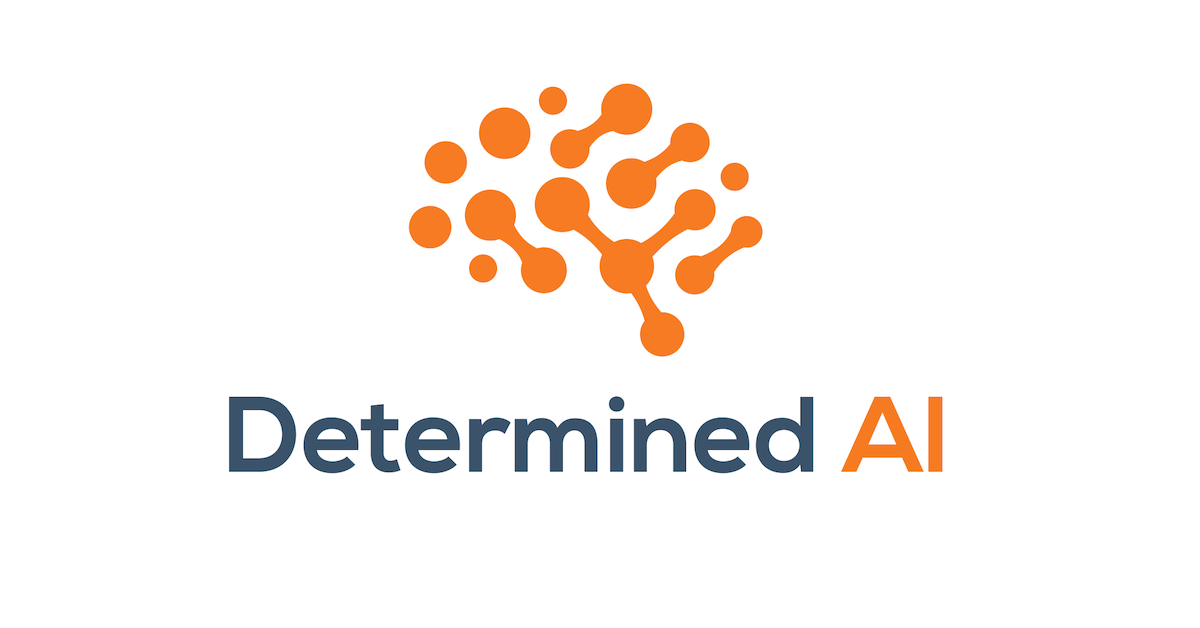Blogs
Weekly updates from our team on topics like large-scale deep learning training, cloud GPU infrastructure, hyperparameter tuning, and more.
JUL 30, 2020
TensorFlow Datasets: The Bad Parts
We peek behind the curtain of TensorFlow Datasets to reveal some surprising problems.
JUL 30, 2020
Choosing Your Deep Learning Infrastructure: The Cloud vs. On-Prem Debate
We compare cloud and on-prem deep learning infrastructure options across five key criteria.
JUL 17, 2020
In defense of weight-sharing for neural architecture search: an optimization perspective
A geometry-aware approach to optimization for neural architecture search.
JUN 24, 2020
How to Build an Enterprise Deep Learning Platform, Part Three
See an enterprise deep learning platform in action that comprises Pachyderm for data management, Determined for model development and training, and Seldon Core for deployment.
JUN 12, 2020
How to Structure your Code to Build a Scalable Deep Learning Model
How you structure your machine learning codebase has a big impact on how easy it is to scale, including adding support for distributed training, hyperparameter tuning, and experiment tracking.
MAY 27, 2020
How to Build an Enterprise Deep Learning Platform, Part Two
How to build a deep learning platform with open source components to handle tasks such as training data management and versioning, scalable model training, and deployment.
MAY 12, 2020
How to Build an Enterprise Deep Learning Platform, Part One
There is an incredibly common story playing out in countless enterprises in 2020.
MAY 07, 2020
Scale Your Model Development on a Budget With GCP Preemptible Instances
With Determined you can cloud burst your deep learning training workloads on GCP’s cost-effective preemptible GPUs, in a way that is friendly to infrastructure teams and model developers alike.
APR 20, 2020
Determined / SageMaker Comparison
Determined AI and AWS SageMaker are both platforms that accelerate these Machine Learning Engineering workflows, but with key differences that we compare, in detail.
APR 15, 2020
What Andreessen Horowitz Got Wrong About AI
A Response To Andreessen Horowitz’s “The New Business Of AI”
